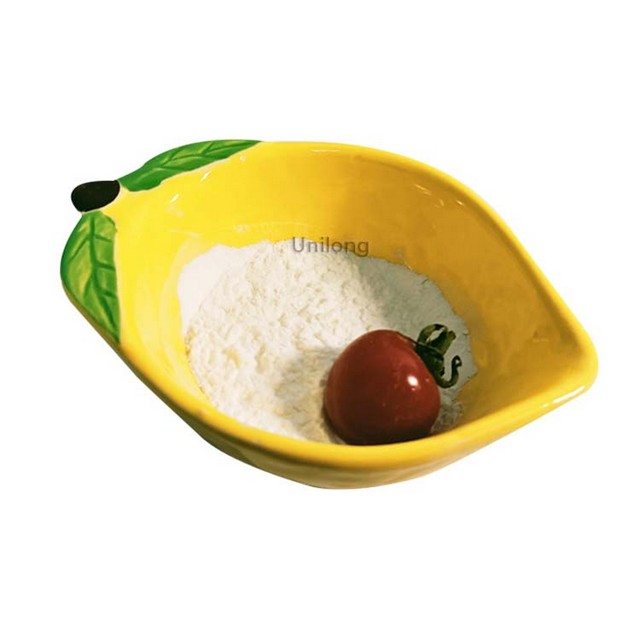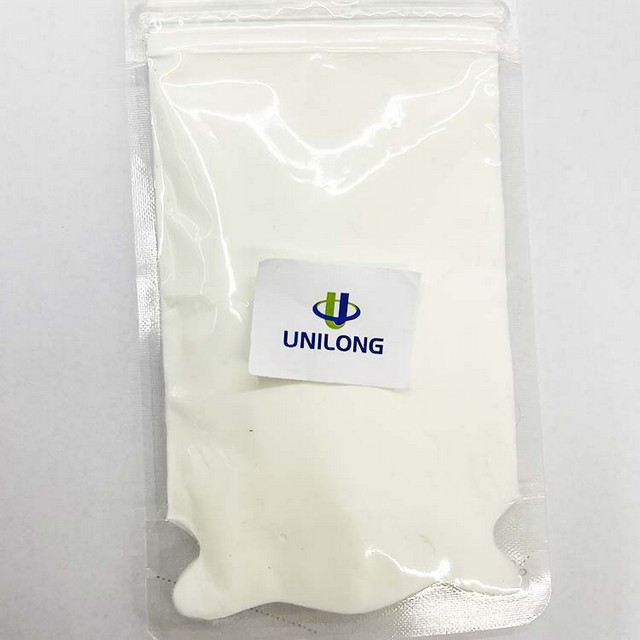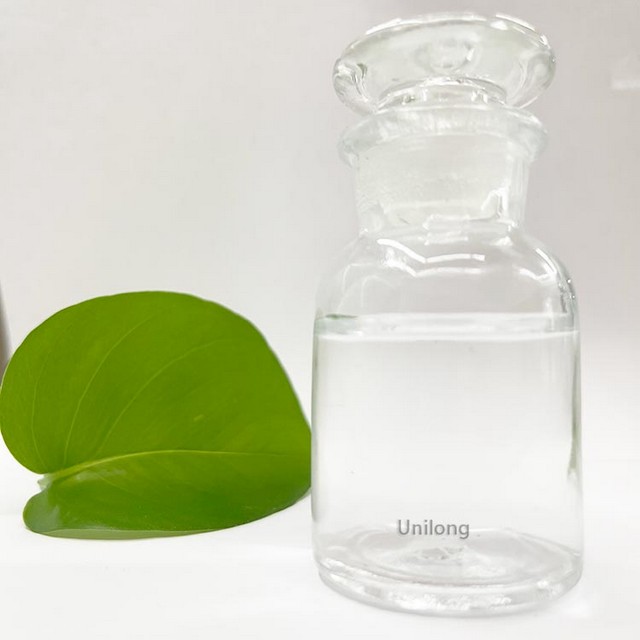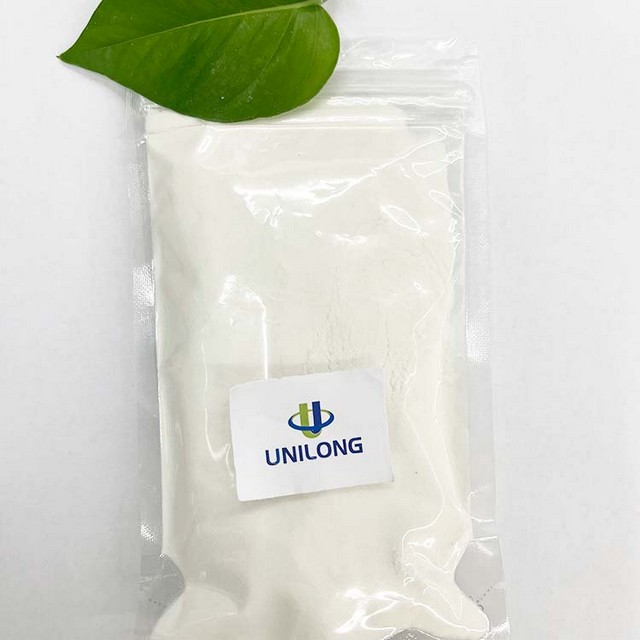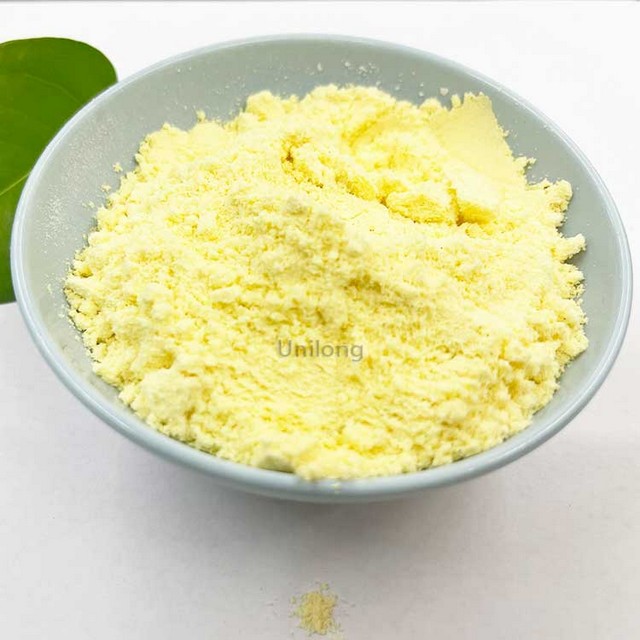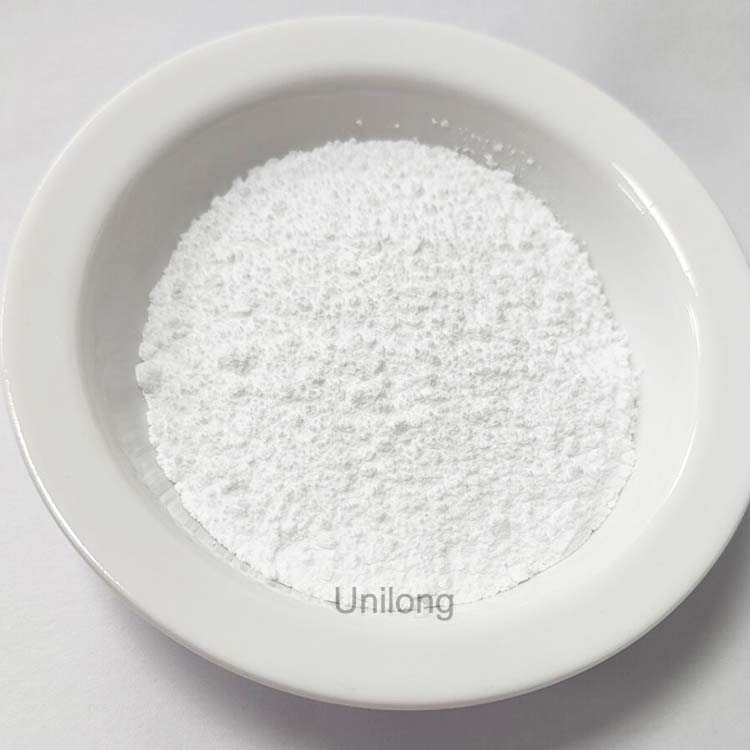CAS: 123-73-9
Formula molecolare:C4H6O
Peso Molecolare:70.09
EINECS:204-647-1
Sinonimi:Crotonaldeide, prevalentemente trans; CROTONALDEIDE, 90%, PREVALENTEMENTE TRANS; CROTONALDEIDE STABILIZZATO; CROTONALDEIDE, 98%, PREVALENTEMENTE TRANS; CROTONALDEIDE, 99+%, PREVALENTEMENTE TRANS; CrotonaldehydreForSynthesis
Che cosa è Crotonaldeide CAS 123-73-9?
Crotonaldeide è soggetta a varie reazioni, come l'ossidazione, riduzione, inoltre, la polimerizzazione, ecc.... e gradualmente si ossida in acido crotonico al contatto con l'aria. Inoltre, il vapore di crotonaldeide può facilmente formare miscele esplosive con l'aria; Forti reazioni con ossidanti possono causare la combustione e di esplosione in caso di esposizione al fuoco o al calore elevato.
Specifica
| Voce | Specifica |
| Punto di fusione | -76 °C(lit.) |
| Densità | 0.853 g/mL a 20 °C(lit.) |
| Punto di ebollizione | 104 °C(lit.) |
| Punto di infiammabilità. | 48 °F |
| resistività | n20/D 1.437 |
| Condizioni di conservazione | 2-8°C |
Applicazione
Crotonaldehyde can also be used to produce foaming agents for mineral processing, dyes, rubber antioxidants, insecticides, and military chemicals. Industrial grade butenal is actually a mixture of trans isomer and cis isomer [4170-30-3]. But the cis isomer is unstable, with a content of less than 1%.
Imballaggio
Packaging personalizzato

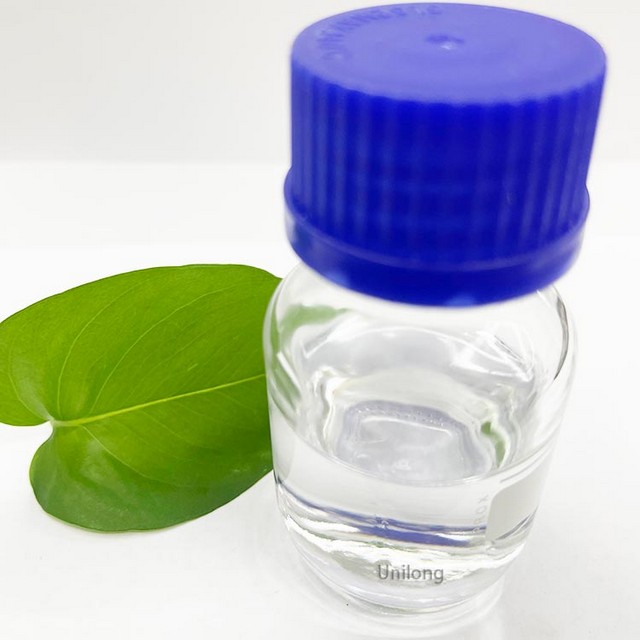
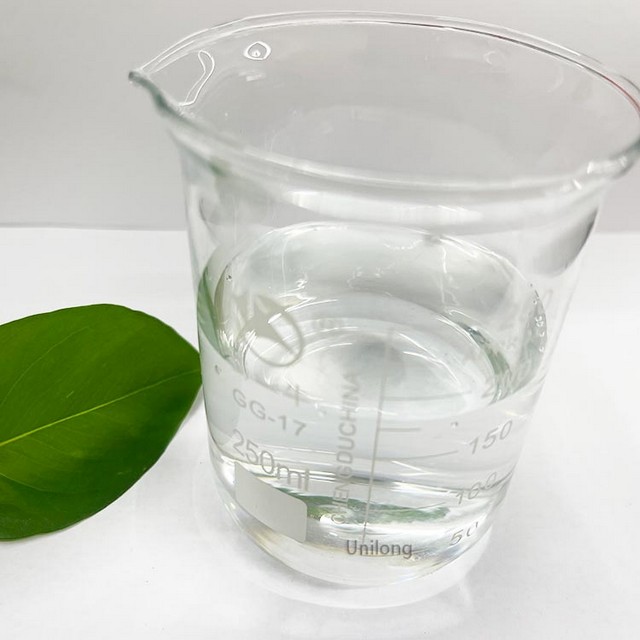
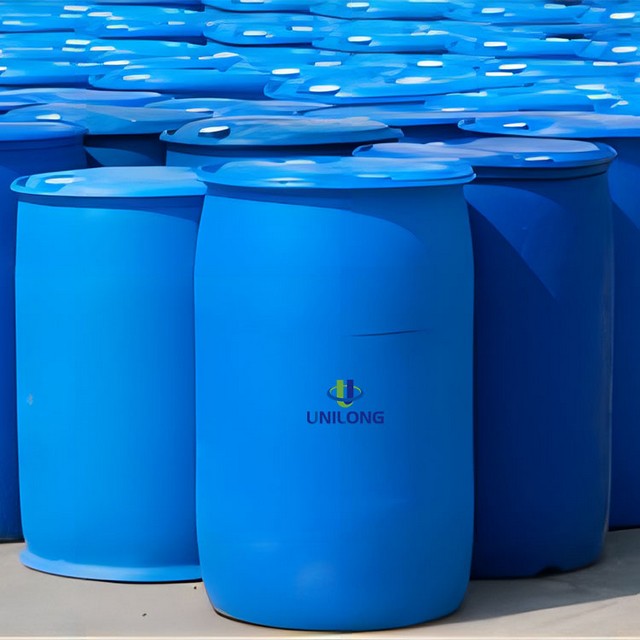
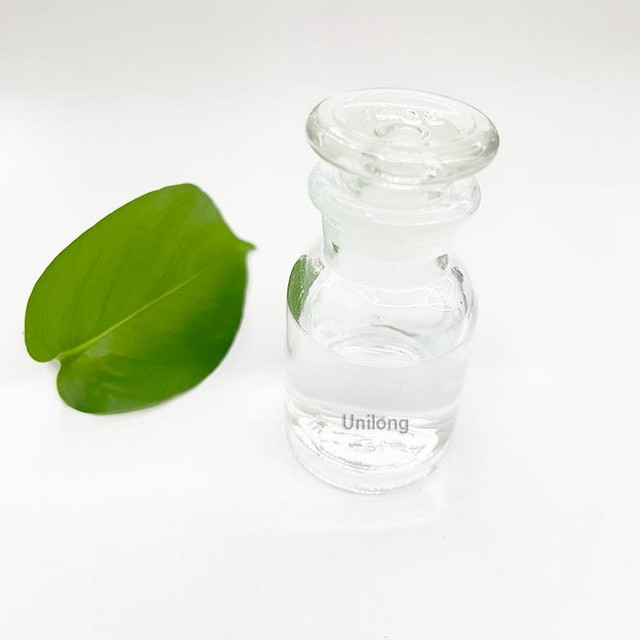
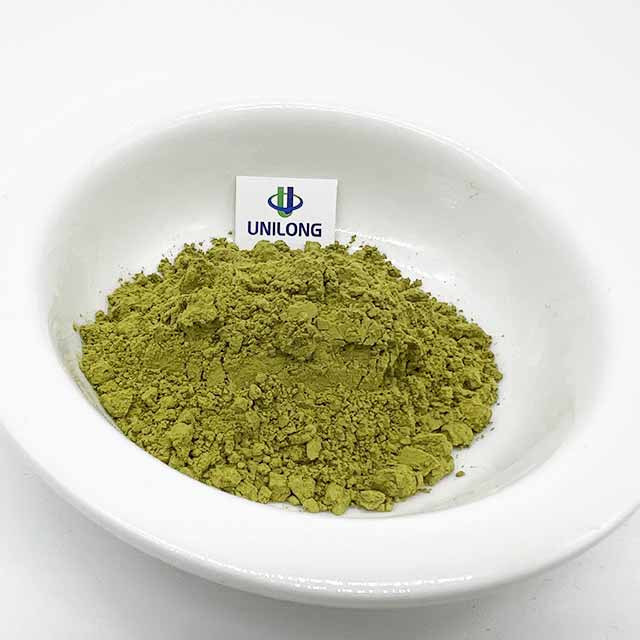
![2,7-Dichloro-alpha-[(dibutylamino)methyl]-9H-fluorene-4-methanol CAS 69759-61-1 7 Lumefantrine Stage-yellow](https://unilongindustry.com/wp-content/uploads/2022/02/Lumefantrine-Stage-yellow.jpg)
